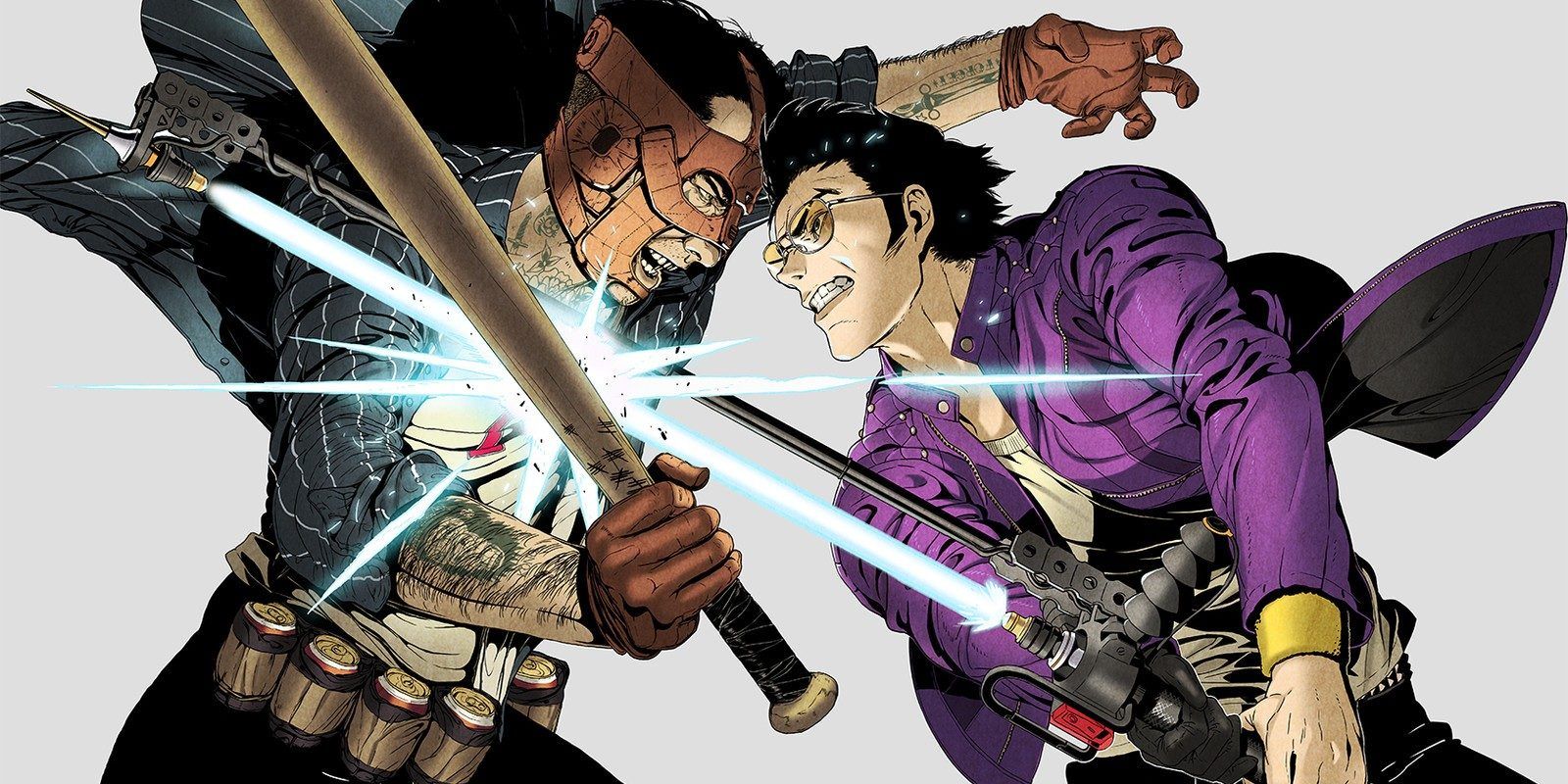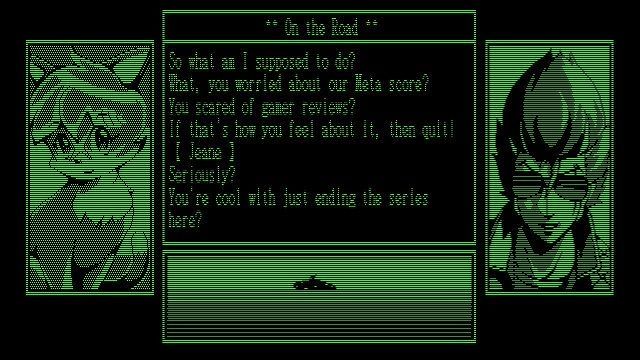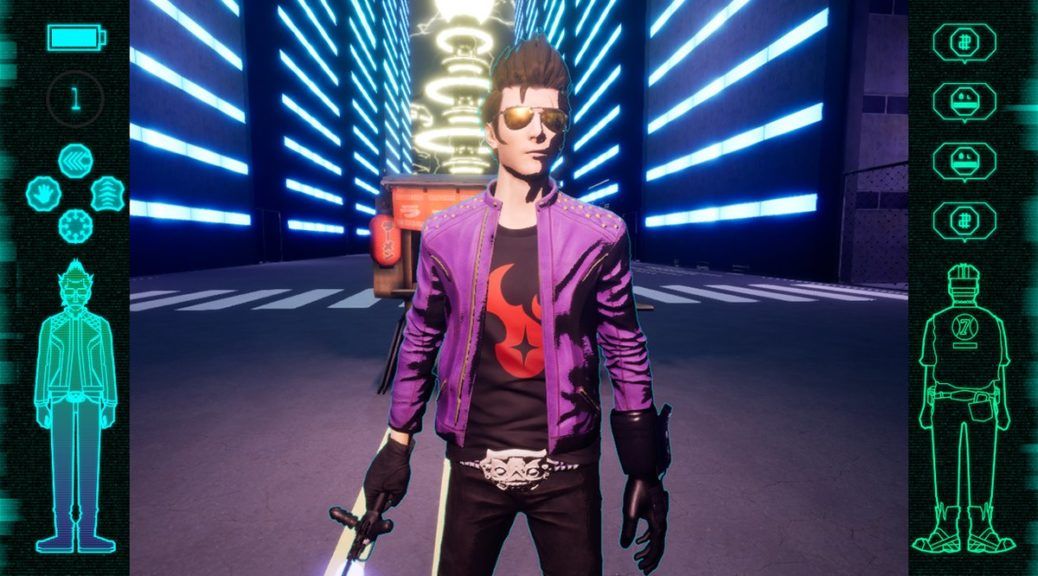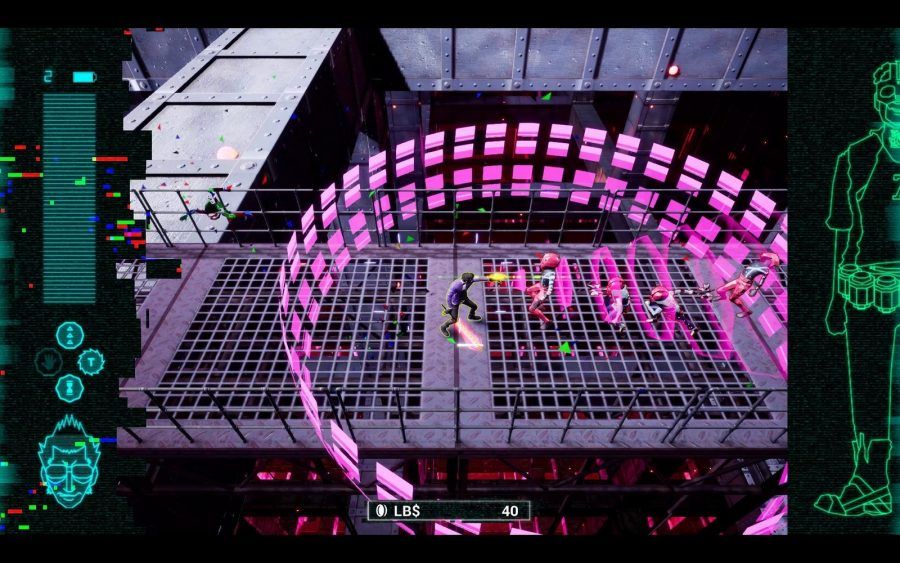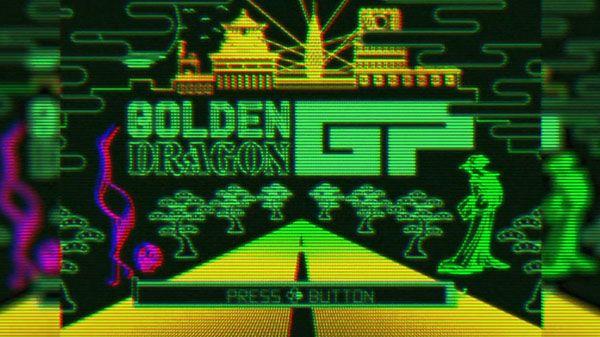No More Heroes was a genuine surprise when it came out in 2007. The Wii saw Nintendo push further into its already family-friendly direction. Why try to court picky "hardcore" gamers when the Wii was shattering sales records by inviting grandmas and kids to indulge in innocent remote-waggling fun? But when Suda51 dropped No More Heroes, with its fourth-wall-breaking, foul-mouthed protagonist Travis Touchdown, it proved there was a demand for adult Wii games.
Now, more than ten years later, Travis Touchdown arrives on a Nintendo system that's more willing to get frisky. His crass style and meta humor haven't changed, and this adventure is more of an ode to games past than a challenge to games present. As such, Travis Strikes Again: No More Heroes' ability to satisfy depends on how nostalgic the player is, as well as how much they enjoy Suda51's unique brand of humor.
Before even pressing a button, the player is treated to a stylish cutscene that immediately immerses them in the world of No More Heroes. Whether this is your first game or you're a Suda51 superfan, you'll likely get a thrill as you see Badman throttle along in his muscle car, swearing revenge on Travis for offing his daughter Bad Girl in the first No More Heroes. The thrill intensifies when, out of nowhere, a game console sitting in Travis' "living room" activates and sucks the men into a virtual world.
RELATED: The Entire Story Of Travis Strikes Back: No More Heroes
The premise comes fast and furious; It's later revealed that Travis and Badman were taken by the Death Drive Mk-II, an unreleased SEGA/PS1-esque console that supposedly grants wishes to whoever can track down and beat all six of its games. Badman wants to wish his daughter back; Travis is just interested in a new gaming experience. The game can be played co-op, or a single player can choose between the two characters. They play mostly the same, the main difference being Travis having flashy special moves whereas Badman's unique ability is drinking too much.
It's right after that rowdy opening when things slow down. Travis and Badman discover that the Death Drive Mk-II is bugged, and these bugs take the form of enemies they must cut down to clear the games. That's the first red flag. The Death Drive games are wonderfully specific references to games of old, and yet you'll be fighting the same enemies each time. New types of bugs are added for every level, and the bosses are unique to their game, but it doesn't alleviate the fact that the combat gets old after a while.
It makes the moments of true enjoyment shine for how creative they are. For instance, one part of the game tasks you with going back-and-forth through a maze under a time limit. The distance increases each time, and self-destructing enemies spawn in crucial pathways. They explode if you don't finish them off first, and their appearance does a great job of adding urgency. Times like these made it clear that the developers put thought into enemy placement and didn't just rely on artificial challenges like damage sponges and increasing mob sizes.
Meanwhile, Travis and Badman collect Skill Chips along the way, giving them a neat set of powers to complement their basic light and heavy attacks. There is some fun to be had in throwing enemies into other enemies or spinning like a top, but dealing with the different kinds of bugs eventually becomes routine. "It's that guy, better throw him into the wall" wasn't such an exciting thought the thousandth time around.
That feeling of going from the ultra-cool opening to a slog permeates the game to the point that it becomes a pattern. Each of the levels is based around the idea that it's its own Death Drive game. And Travis Strikes Again really sells this idea. There are excerpts from a fictional gaming magazine straight out of the '90s, parodying a time when information was scarce and articles were written with wild speculation. Starting a level triggers the Death Drive startup jingle, which sounds a lot like the beloved "SE-GA" intro. Each game even has its own opening cinematic. A highlight is Life Is Destroy's live-action homage to the somehow simultaneously cheesy/creepy adventure games like Night Trap.
Beginning a new Death Drive game captures the sensation of buying a new game at that time, before countless trailers and overzealous social media fans spoiled the mystery of the experience. Watching the intro cinematic sucks you into the game world even as Travis and Badman are literally being sucked into the game world. You press the button and watch as a new setting unfolds around you.
A mini-boss shows up that proudly shouts how they're the same as the previous mini-boss.
And then the same bugs spawn as in the last game. Maybe you find a new Skill Chip along the way and get a cool new power, but you can totally rely on the same few to get by. A mini-boss shows up that proudly shouts how they're the same as the previous mini-boss. Multiple times I would clear what seemed to be the entirety of a Death Drive game, only to have the mini-boss appearance remind me I'm only halfway through. "There's more?" I thought with a sigh. Probably not the reaction the dev team was hoping for.
During a scene in the narrative portion of the game, that looks like a DOS text game, the characters worry that too much story in an action game could cost them a good Metacritic score. Funny then, that these meta jokes are often more entertaining than the actual action. Travis Touchdown is just as engaging as ever. Whether he's engaging enough to justify an average hack-and-slash romp is up to the player.
A copy of the game was purchased by The Gamer for this review. It's available now for Nintendo Switch.
3.25 out of 5 stars.

